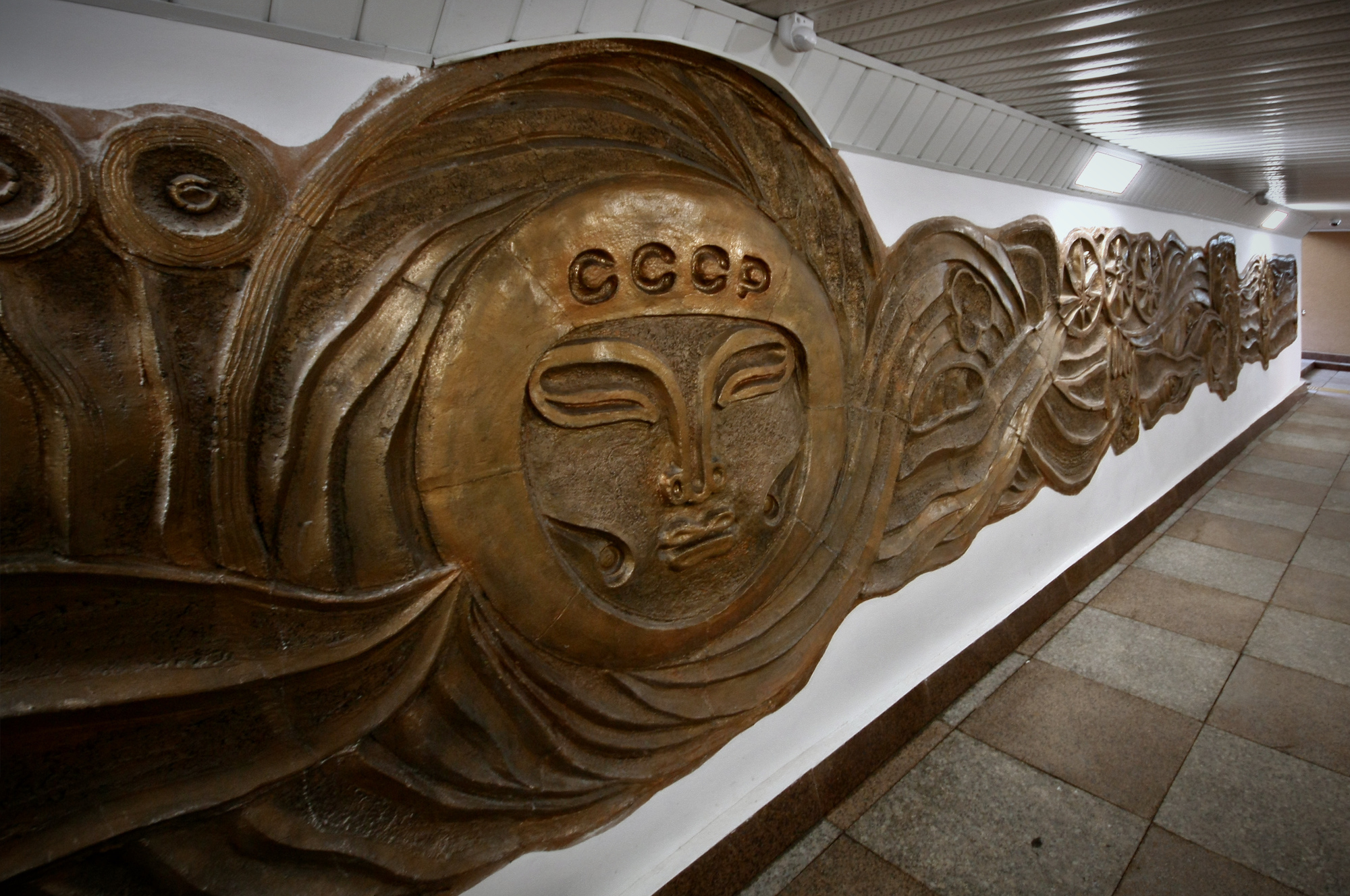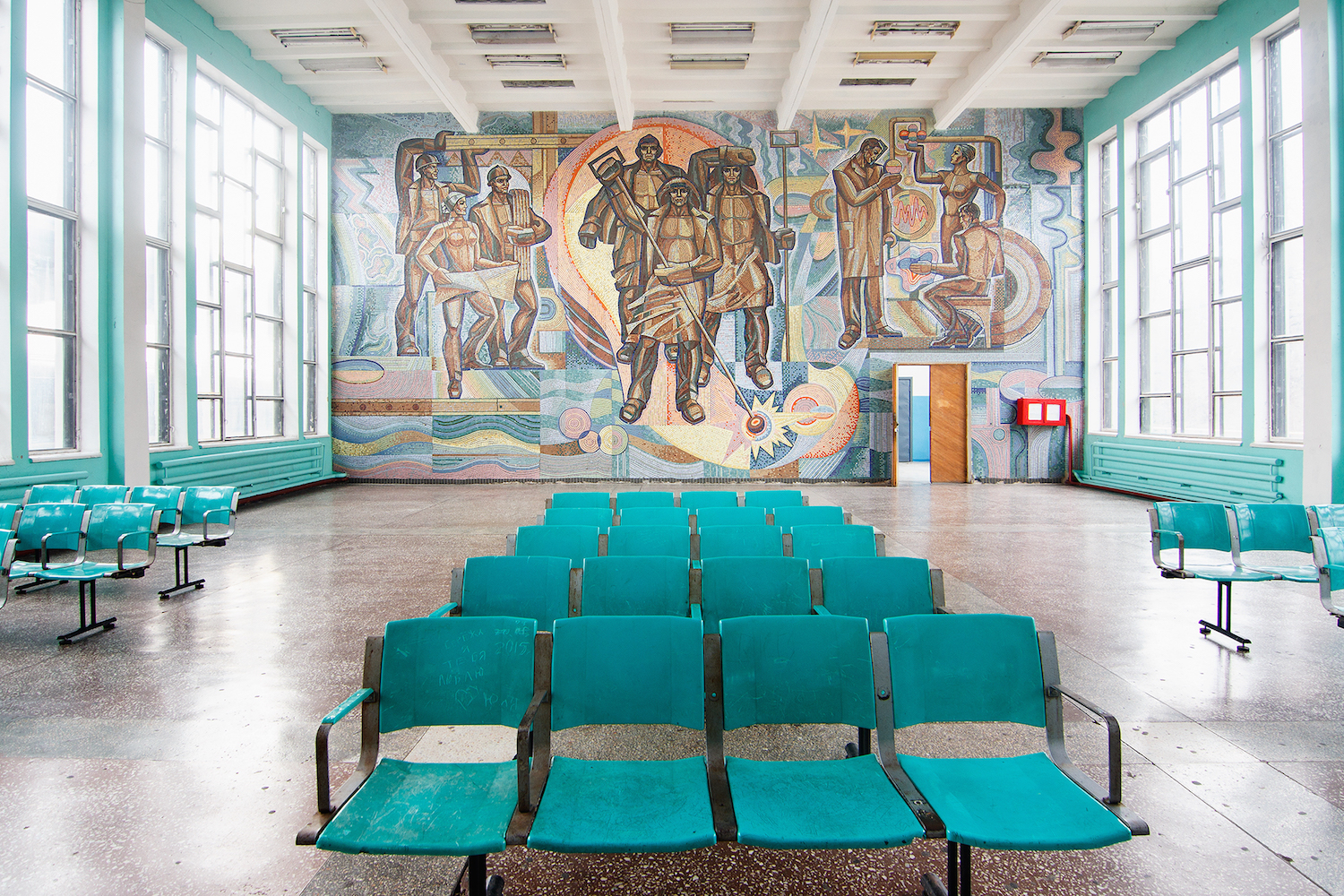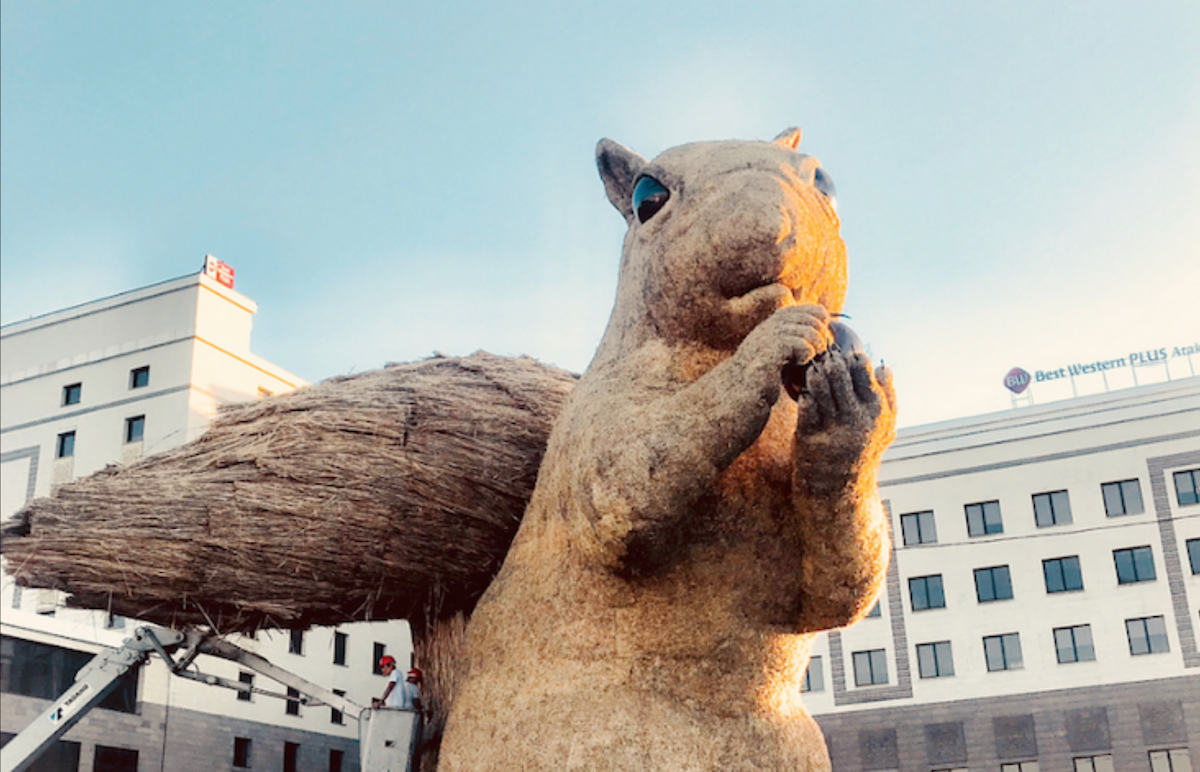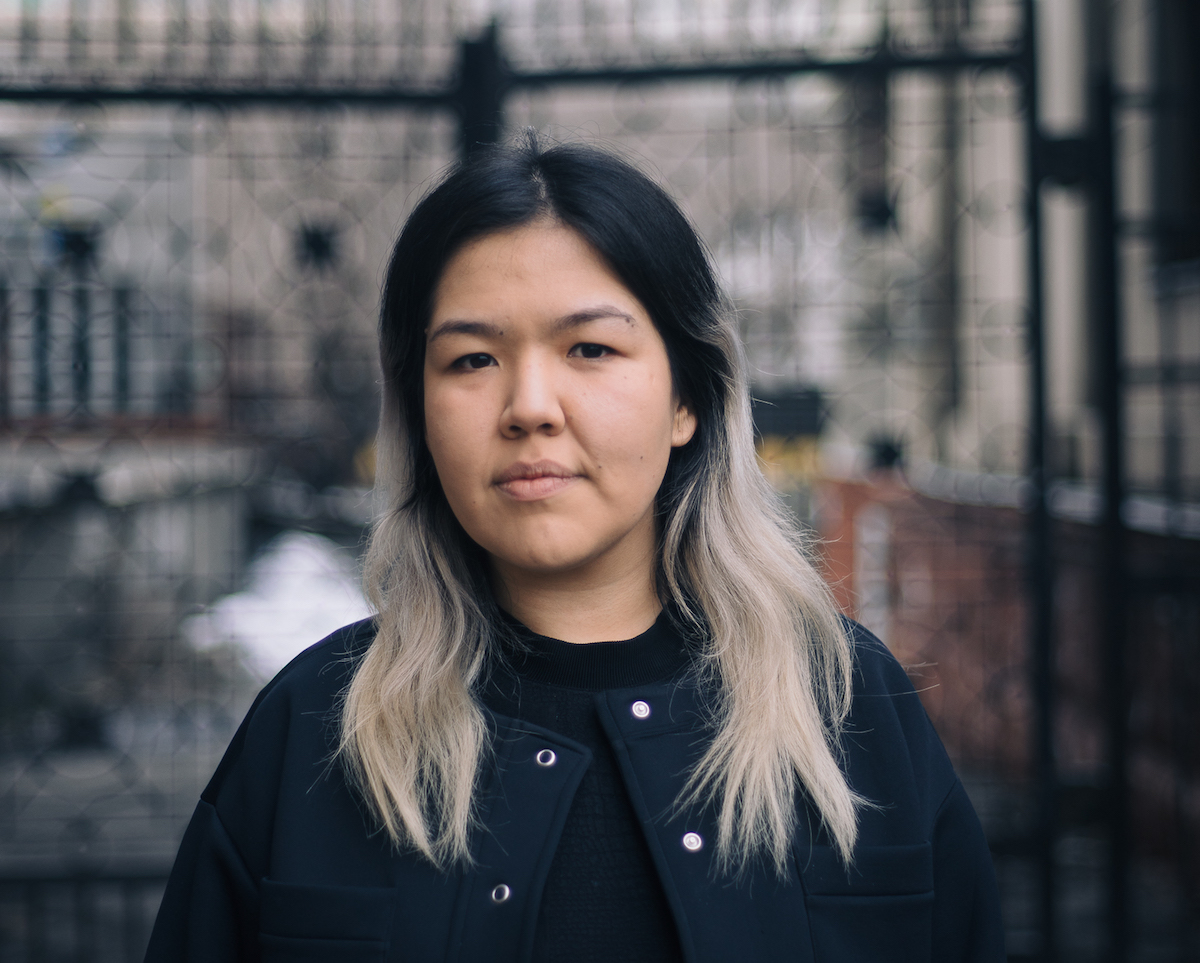Inside the fight to preserve Almaty’s stunning Soviet-era monumental art
As the capital of Soviet Kazakhstan, Almaty’s streets and subways were adorned with a remarkable array of mosaics, murals, and sgraffiti. American Dennis Keen has been at the forefront of the campaign to document and conserve these artworks in the face of post-socialist neglect and heedless development. He spoke to The Calvert Journal about his work.
Between 1929 and 1997, Almaty — located in the mountainous south of Kazakhstan — served as the country’s official capital, before changing political winds saw the government relocate the country’s “crown” to Astana. For the best part of 70 years, then, Almaty was the epicentre of the Soviet experiment in Kazakhstan. As a result, its urban fabric plays host to all the associated civic facilities, monuments to the people, and architectural interventions that you would expect to find in a Soviet regional capital. But that’s not all it has to offer.
More curious than statement architecture like the Hotel Kazakhstan or the Medeu Skating Rink is Almaty’s monumental public mural art, which graced governmental and civic facilities throughout the Soviet city. Much has since been concealed behind hoardings, or smothered by clumsy modern paint jobs; some is now being uncovered.
Untitled mosaic by Sebastian Kirakozov, Narxoz University
Enter Dennis Keen. For the past several years, the U.S. citizen has walked the streets and subways of Almaty in an effort to document, and celebrate, this oft-maligned genre of monumental public art, collecting his findings on the site Monumental Almaty. It comes as no surprise that these artefacts are increasingly under threat — not only from neglect, but from policies of active disregard towards the nation’s Soviet heritage. Regardless, in the face of such uncertainty, Keen is anxious to preserve what he can of these miraculous and finely-crafted artefacts of a major period in the history of modern Kazakhstan.
What makes Almaty’s — and, more broadly, Kazakhstan’s — mosaics, murals, frescoes, and sgraffiti so special? How do they differ from murals in other post-Soviet countries?
The murals were made by a diverse group of artists who represented the ethnic diversity of Kazakhstan: Kazakhs, Russians, Ukrainians, Armenians, Koreans, Jews. Artists in Kazakhstan worked with themes that I find especially compelling, such as space exploration (because of the Baikonur cosmodrome) and nomadic life (reflecting traditional Kazakh culture). Perhaps because artists were working at a great distance from Moscow, there aren’t many hammers and sickles or Lenins. Instead, it was much more common to show elements of local culture, like folklore and traditional costumes.
What first got you interested in this art? At what point did you go from looking at them to actively preserving them?
At first, mosaics and other murals were just some of the many things I documented on my blog, Walking Almaty. Eventually, I realised that there were so many examples that they made an interesting story on their own, but I had a hard time finding information about them. That’s when I started to spend more time seeking them out, finding resources, and meeting artists. Soon after, I launched the Monumental Almaty website and social media accounts. Preserving them was not an initial goal of mine, but something that just grew out of my affection for these works of art. When I heard that certain works might be threatened, I couldn’t just sit by and watch.
Because Almaty is no longer the capital, it seems to have avoided the kind of massive development that might have killed these artworks off. But in what ways are they still at risk today?
That’s an interesting theory, and I do think it explains a lot. However, that isn’t to say that Almaty’s architectural heritage hasn’t also suffered. Hundreds of buildings have been destroyed or renovated without proper input from the community, experts, or other stakeholders. Since most works of monumental art are on state buildings that were later privatised, they are now private property. The only way of protecting them legally is through awarding historic landmark status, which is very difficult in Kazakhstan and often ineffective anyway.
Why were murals in particular so important to the visual aesthetics of the USSR?
There are several points here. The fact that they were located in public spaces was a way to combat the idea of visual art as an elite medium, hidden away in museums. The epic scale of murals fit well with the triumphal aesthetic of the post-war USSR. Even their industrial production suited the Soviet economy — dozens of works of monumental art were produced at the Oner Art Combine by brigades of craftsmen, to be installed later in modular concrete elements. Many assume that murals were important because they were propaganda, which is how many in the West reflexively describe art in Soviet public spaces. Yet few of the artworks related directly to the politics of the Communist Party, rather tending to focus on the achievements of the Soviet people and humanistic values related to health, education, and family.
You’ve done amazing work in finding, documenting, and campaigning for the preservation of these artworks. New ones seem to be uncovered all of the time. Do you think there are more out there, waiting to be discovered behind hoardings and walls?
Absolutely. I still have a section on the website for works that are lost or “status unknown” — meaning that I simply haven’t been able to get access to the works to ascertain whether they’re still intact or not. There are several instances where it’s possible that the works were simply covered in paneling, like at the former Komsomol building, or the former Cafe Karlygash. And then there are those that I have no way of ever discovering on my own, works that are hidden in cafeterias, factories, and school hallways. To find every last one, I will need the help of an engaged public, and already I’ve seen interest growing, with tips coming in all the time.










